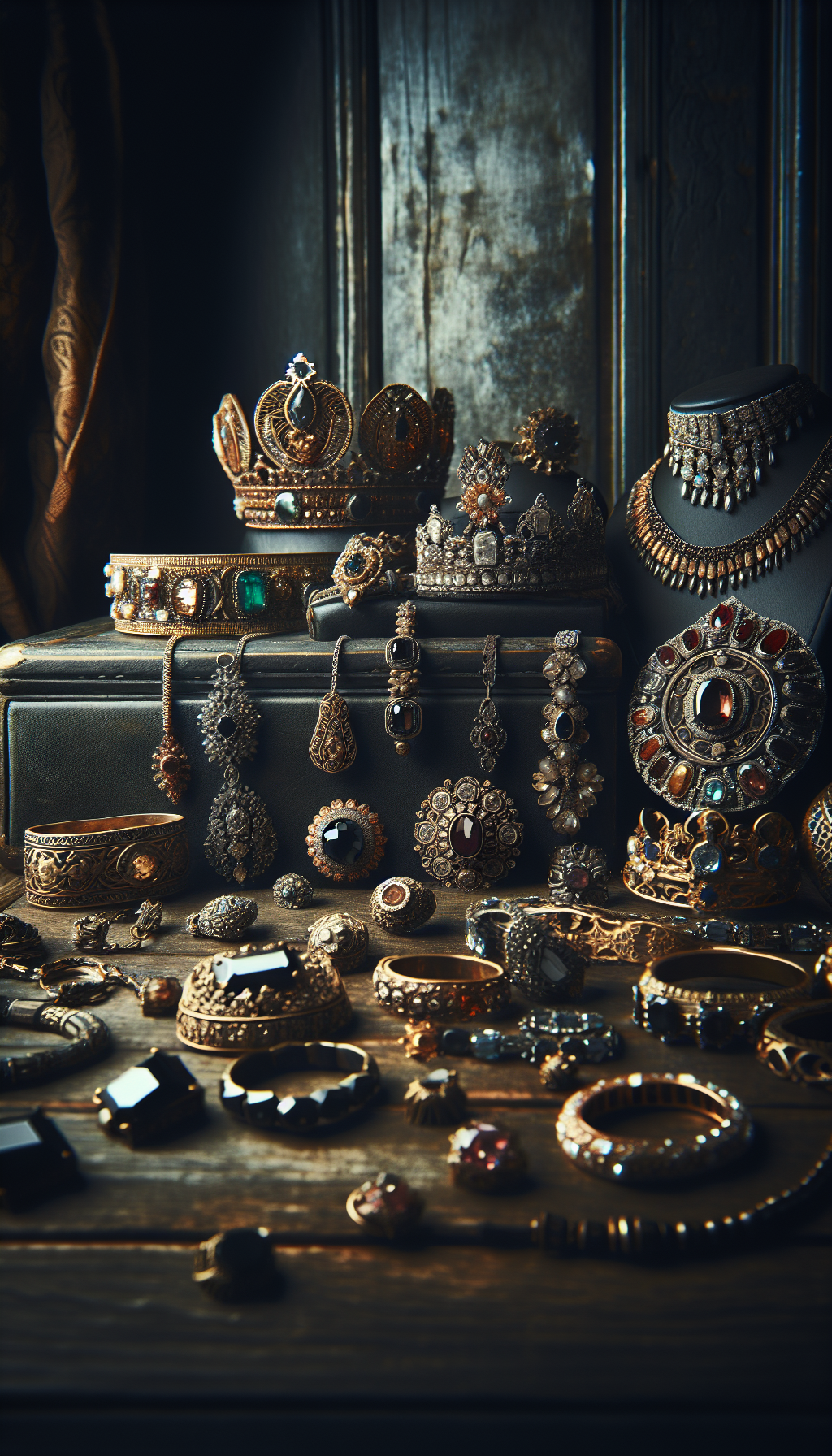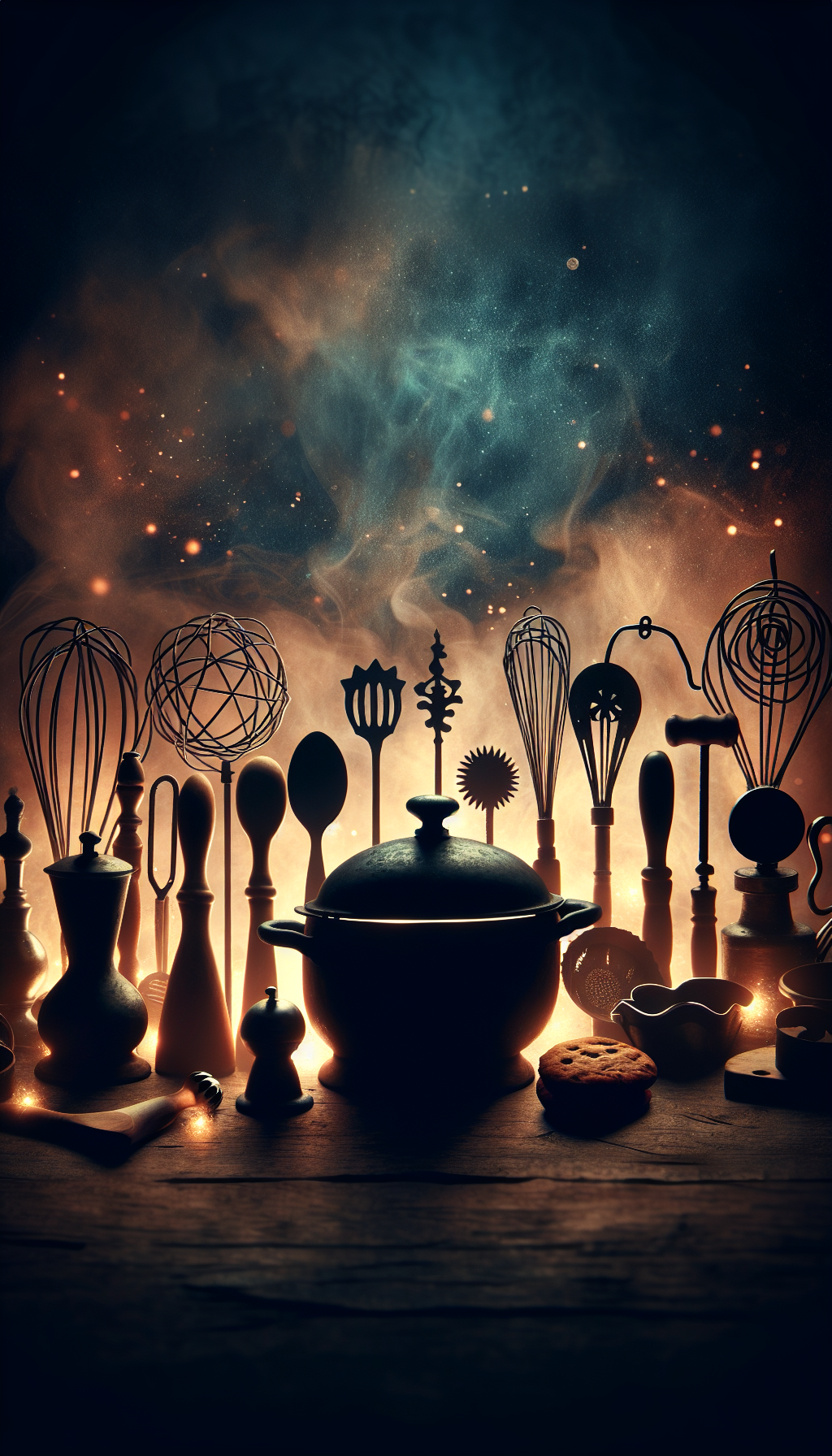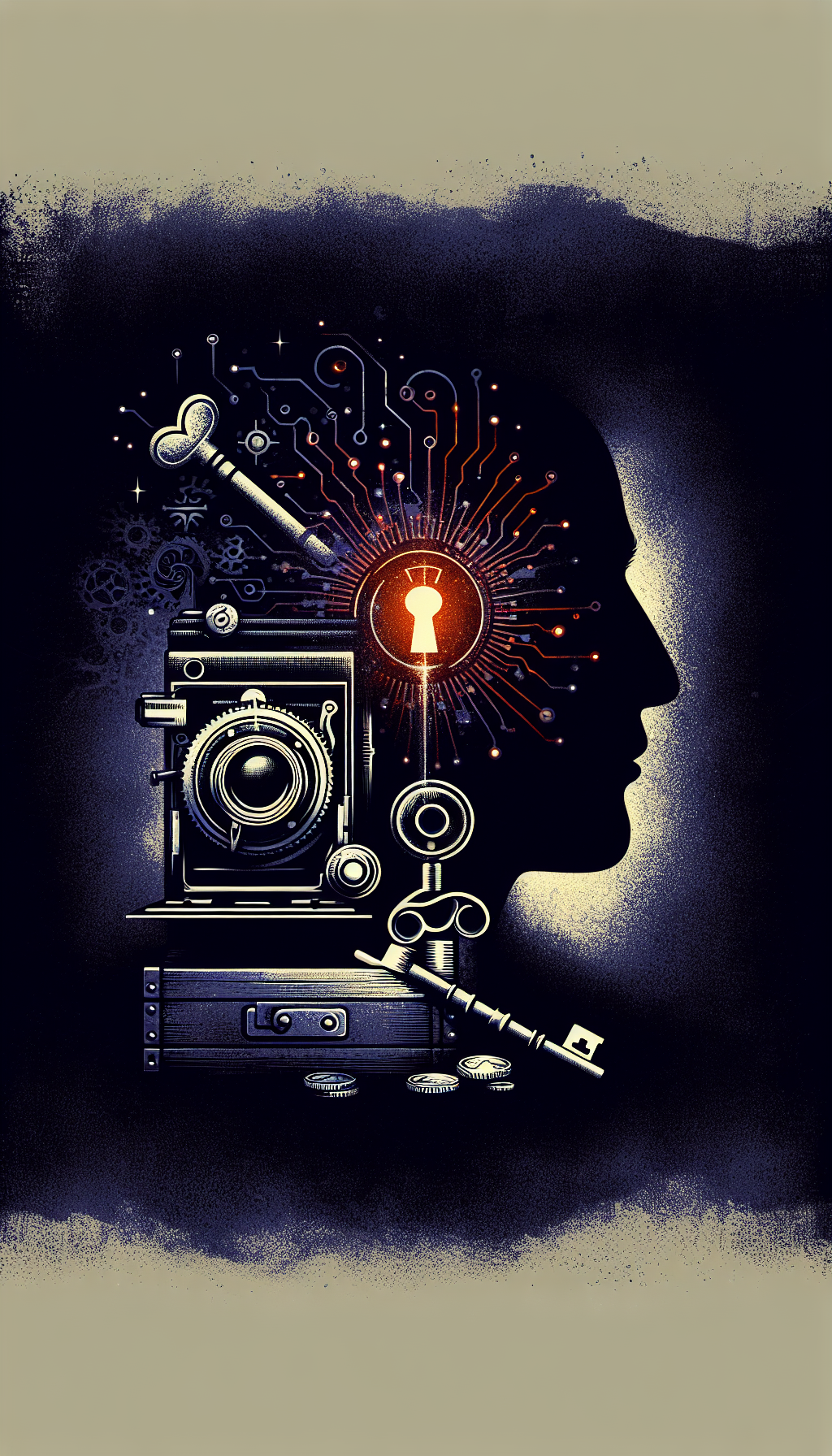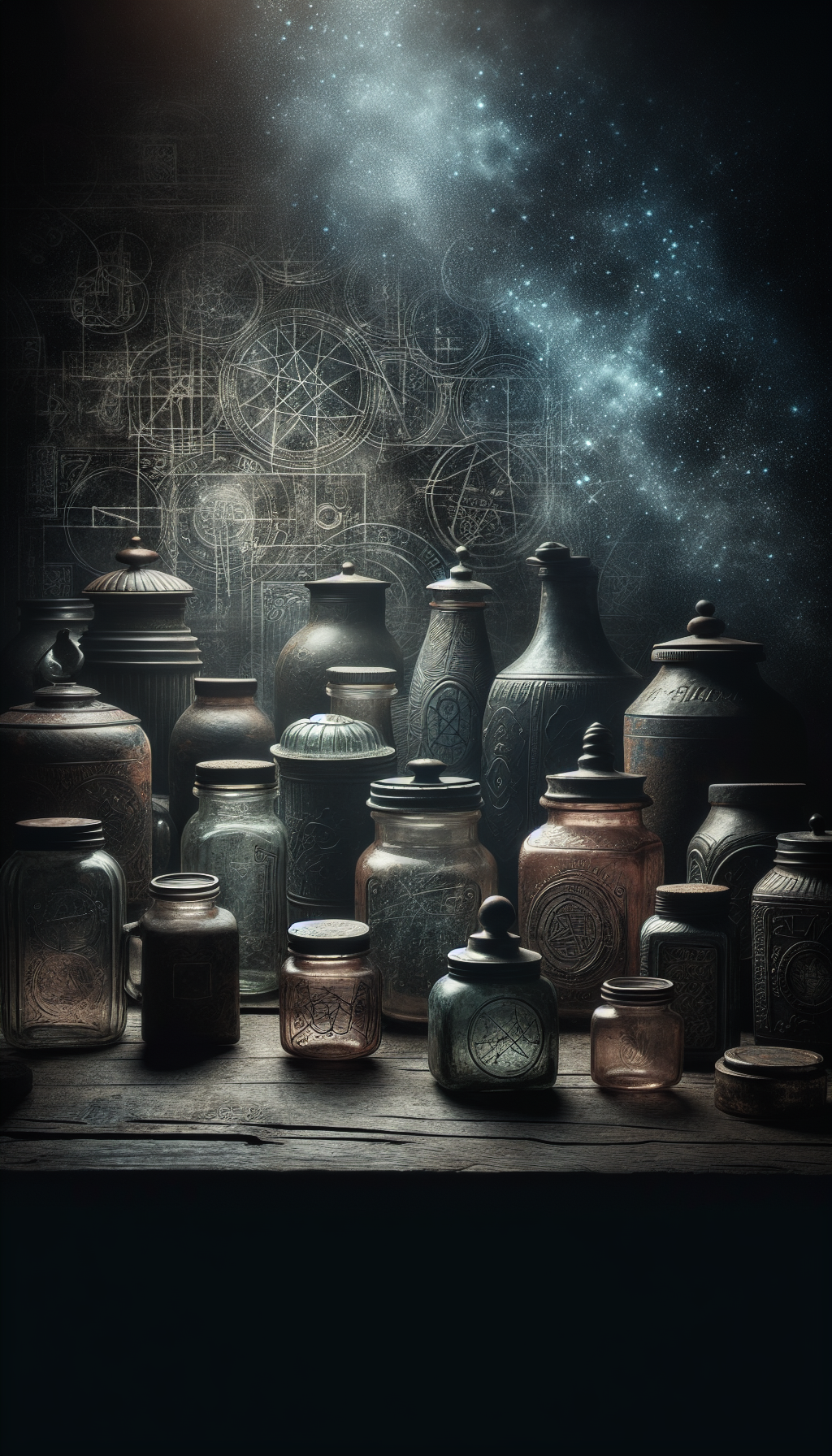Introduction to Antique Doll Valuation
Whether you’ve discovered old dolls in an attic, inherited a collection, or are considering starting your own collection, knowing how to identify and value these pieces is essential. This comprehensive guide will explore the key factors that determine antique doll values, identification techniques, and current market trends to help you assess whether your vintage dolls are valuable treasures or primarily sentimental keepsakes.
Antique Doll Market Insights
How to Identify Antique Dolls
Materials and Construction
Antique dolls were crafted from various materials throughout history:
- Porcelain/Bisque: Popular from the 1840s through the early 1900s, these dolls have unglazed porcelain heads with a matte finish
- China: Glazed porcelain dolls with a shiny appearance
- Composition: Made of wood pulp and glue, popular from the 1920s to 1950s
- Celluloid: A lightweight plastic-like material used from the late 1800s to 1950s
- Cloth: From simple rag dolls to elaborate cloth creations
- Wax: Primarily made in the 18th and 19th centuries, now quite rare
Examining Maker’s Marks
Most valuable antique dolls will have a manufacturer’s mark somewhere on the body:
- Head Marks: Turn the doll’s head gently and look for impressed or painted numbers, initials, or company names on the back of the head or neck
- Body Marks: Check the upper back, shoulders, or joints for marks
- Cloth Bodies: Look for cloth tags or stamped information
Common marks include:
- “K★R” (Kammer & Reinhardt)
- “S & H” (Simon & Halbig)
- “A.M.” (Armand Marseille)
- “DEP” (Déposé - French for “registered” or “patented”)
- “SFBJ” (Société Française de Fabrication de Bébés et Jouets)
Evolution of Doll Materials and Manufacturing
- 1780-1880
Early Doll Production
Predominantly handcrafted dolls made of wood, wax, papier-mâché, and cloth. Wax dolls were primarily produced in England and were often the most elaborate and expensive. - 1840-1915
Golden Age of Bisque Dolls
German and French manufacturers dominated the market with bisque (unglazed porcelain) dolls featuring glass eyes, mohair wigs, and jointed bodies. Major makers included Jumeau, Bru, Steiner, and Kestner. - 1900-1950
Rise of Composition Dolls
As bisque became more expensive, manufacturers turned to composition (wood pulp, glue, and other materials) for more affordable, durable dolls. Major brands like Arranbee and Effanbee gained popularity. - 1950-1970
Modern Doll Revolution
Introduction of hard plastic and vinyl dolls. Barbie's 1959 launch transformed the doll industry. Early examples from this period can now be quite valuable.
Key Factors That Determine Antique Doll Value
1. Condition
Condition is perhaps the single most important factor affecting an antique doll’s value:
Doll Condition Assessment Checklist
Check all items that apply to accurately assess your doll's condition
- No chips, cracks, or crazing on porcelain/bisque parts
- Original wig in good condition (not deteriorated or replaced)
- Eyes function properly (open/close for sleep eyes)
- Original clothing and accessories present
- All body parts intact without repairs or replacements
- No significant paint wear on face or body
- Joints function and hold poses properly
- Original box or packaging preserved
2. Rarity and Desirability
Rarity significantly impacts value. Factors affecting rarity include:
- Limited production runs
- Unique features (unusual expressions, rare hair colors)
- Historical significance (dolls associated with historical events)
- Early examples from famous manufacturers
- Experimental or prototype designs
3. Maker and Origin
Certain manufacturers are highly sought after by collectors:
- French dolls: Jumeau, Bru, Steiner, and Gaultier
- German dolls: Kestner, Simon & Halbig, Kammer & Reinhardt, and Armand Marseille
- American dolls: Madame Alexander, Effanbee, and early Mattel
4. Size
Larger dolls typically command higher prices, with some exceptions:
- Miniature dolls from famous makers can be quite valuable
- Standard sizes (16-22 inches) are generally more common
- Oversized dolls (24+ inches) are often rarer and more valuable
5. Documentation and Provenance
Dolls with documented history often sell for premium prices:
- Original purchase receipts
- Certificates of authenticity
- Known ownership by famous individuals
- Exhibition history
Antique Doll Price Ranges by Type
Current market values (estimates as of 2024)
</tbody>
</table>
Most Valuable Antique Dolls

Record-Breaking Doll Sales
Some of the most valuable antique dolls that have sold at auction include:
Kammer & Reinhardt 104 “Elise” - These rare German character dolls with realistic features have sold for up to $30,000 at specialty auctions.
Early Bru Jne Dolls - Exceptional examples of these prestigious French dolls from the 1880s have fetched over $90,000.
Albert Marque Dolls - Created by French sculptor Albert Marque during WWI, these 100 numbered artist dolls have sold for $300,000+.
Original 1959 Barbie #1 - In mint condition with original box and accessories, these can sell for up to $27,000.
Rare Early American Dolls - Exceptional examples by Leo Moss, Izannah Walker, or Martha Chase can command $10,000-$50,000.
Rare French Fashion Dolls - Exceptional examples from the 1860s-1880s with complete trousseaux (wardrobes) have sold for $30,000+.
How to Get Your Dolls Appraised
Professional Appraisal Options
Antique Doll Specialists - Seek appraisers who specifically specialize in antique dolls, as they’ll have the most accurate knowledge of current market values.
Auction Houses - Major auction houses like Christie’s, Sotheby’s, and Theriault’s (doll specialist) offer appraisal services, especially for potentially valuable pieces.
Doll Shows and Conventions - Many shows feature appraisal booths where experts can examine your dolls in person.
Antique Dealer Appraisals - Dealers specializing in antique dolls can provide value estimates, though they may have a vested interest if they’re potential buyers.
Online Appraisal Services - Various websites offer remote appraisals based on photographs and descriptions, though in-person appraisals are generally more accurate.
Preparing for an Appraisal
Before seeking an appraisal:
Document Everything - Take clear photographs of your doll from multiple angles, including any maker’s marks.
Research Your Doll - Gather any information you already have about its age, origin, or history.
Handle with Care - Avoid cleaning or repairing the doll before appraisal; improper cleaning can damage valuable pieces.
Gather Documentation - Collect any provenance information, original packaging, or certificates you may have.
Set Expectations - Be prepared for both positive and negative outcomes; not all old dolls are valuable.
Where to Sell Valuable Antique Dolls
Selling Options for Valuable Dolls
Specialized Auctions - For rare or high-value dolls, specialty auction houses like Theriault’s, which focuses exclusively on dolls, often achieve the highest prices.
General Auction Houses - Companies like Christie’s and Sotheby’s occasionally include antique dolls in their collectibles auctions.
Doll Dealers - Professional dealers can offer immediate payment, though typically at wholesale rather than retail prices.
Collector Shows - Renting a table at a doll collector show allows you to sell directly to collectors, potentially commanding retail prices.
Online Marketplaces - Platforms like eBay, Ruby Lane, and Etsy can connect you with collectors worldwide, though selling valuable items requires careful listing and shipping practices.
According to a Reddit discussion on r/Barbie, “Mercari, ebay, Craigslist, FB Marketplace, or some special Barbie selling FB groups are options for selling. Local doll shows are an option if you have enough to have a table.”

Valuable Resources for Antique Doll Collectors
Antique Doll Value Guide (LoveToKnow)
Comprehensive guide on identifying antique dolls and determining their potential values, with details on specific maker characteristics.
Collect Insure's Guide to Identifying Antique Dolls
Expert advice on identifying antique dolls, including tips for spotting reproductions and understanding key value factors.
Invaluable: Antique Porcelain Dolls
In-depth information on porcelain dolls, including history, identification, and current market values for collectors.
America's Antique Mall: Starting a Doll Collection
Beginner-friendly guide to starting an antique doll collection with tips on what to look for and where to find quality pieces.
iCollect Everything: Dolls Database App
Digital cataloging tool for doll collectors to organize collections with details on manufacturer, value, and condition.
eBay Antique Dolls Marketplace
Active marketplace for buying and selling antique dolls, with current listings that can help gauge market values.
Common Challenges in Antique Doll Valuation
Identifying Reproductions vs. Originals
One of the biggest challenges in doll valuation is distinguishing authentic antique dolls from later reproductions or fakes:
- Reproduction Marks: Modern reproductions often have marks that mimic authentic makers but with subtle differences
- Materials Analysis: Original bisque has different qualities than modern ceramics
- Construction Methods: Hand-sewn bodies vs. machine stitching, different joint types
- Aging Characteristics: Natural aging vs. artificial distressing
Assessing Restoration Impact
Restoration can both help and hurt a doll’s value:
- Professional restoration of minor damage can preserve value
- Over-restoration or inappropriate repairs can dramatically decrease value
- Disclosure is essential when selling restored dolls
- Original condition is generally preferred by serious collectors, even with some wear
Finding Parts and Accessories
Many antique dolls are missing original components:
- Missing wigs, clothing, shoes, or accessories significantly reduce value
- Finding appropriate period replacements is challenging
- Some parts are nearly impossible to replace authentically
- Documentation of which elements are original vs. replacement is important
Frequently Asked Questions About Antique Doll Values
How can I tell if my old dolls are valuable?
To determine if your old dolls might be valuable:
- Look for manufacturer’s marks or stamps on the head, body, or neck
- Research the maker and period using doll reference books or online resources
- Assess the condition, noting any damage, repairs, or missing parts
- Check if the doll has all original clothing, wigs, and accessories
- Look for comparable dolls on auction sites or specialty doll dealers
As noted by Collect Insure, "A great way to determine the value of your doll and even to get clues about its origins is to find dolls that are comparable and examine those. You may be able to find similar dolls selling online and use the description and the price that the doll is selling for to assess the value and origins of your doll."
Is there an app that helps tell you the value of old dolls?
Yes, there are apps and online databases designed to help identify and value dolls. One example is the "Dolls Database" app from iCollectEverything.com, which allows you to catalog your doll collection and provides estimated values.According to their description: "Dolls Database app to catalog your doll and Barbie collections. On your phone, on your computer, on the web. Search by number of edition, designer, and more. Full pictures and details, including estimated value."
However, for valuable antique dolls, these apps should be considered starting points rather than definitive valuations. Professional appraisals are recommended for potentially valuable pieces.
What is the best way to sell old dolls?
The best selling method depends on your dolls' value and your timeline:
- For valuable antique dolls: Specialty auction houses like Theriault’s or established doll dealers
- For mid-range collectibles: Online marketplaces like eBay, Ruby Lane, or Etsy
- For lower-value or common dolls: Local consignment shops, flea markets, or Facebook Marketplace
According to a Reddit discussion: "Mercari, ebay, Craigslist, FB Marketplace, or some special Barbie selling FB groups are options for selling. Local doll shows are an option if you have enough to have a table. Consignment shops may also be willing if they are truly worth something, for the right person looking."
How do you appraise old dolls?
Professional doll appraisal considers several key factors:
- Condition: Checking for chips, cracks, repairs, paint wear, and original parts
- Rarity: Determining how common or scarce the doll is in the collector market
- Maker: Identifying the manufacturer and period of production
- Authenticity: Verifying the doll is authentic and not a reproduction
- Provenance: Considering any documentation of history or previous ownership
As noted in a professional appraisal guide: "Chips are common in porcelain or bisque dolls and can reduce their value. While restorations may make a doll more appealing, they can also lower its worth as collectors often prefer original pieces."
For valuable dolls, seeking a professional appraiser who specializes in antique dolls is recommended over general antique appraisers.
Are porcelain dolls from the 90s worth anything?
Most porcelain dolls from the 1990s have limited value today for several reasons:
- They were mass-produced in large quantities
- Many were marketed as "collectibles" but were too common to maintain value
- They’re not yet old enough to be considered truly antique
Exceptions that might have moderate value ($50-200) include:
- Limited editions by renowned artists
- Dolls from prestigious makers like Franklin Mint or Ashton-Drake
- Discontinued character dolls with established collector demand
- Dolls in perfect condition with original packaging and certificates
The vast majority of 1990s porcelain dolls typically sell for $10-50, often less than their original purchase price. Their value may increase as they age, but most will never reach the values of true antique dolls from the 19th or early 20th centuries.
Conclusion: Preserving and Enjoying Antique Dolls
Antique dolls offer a unique window into the past, reflecting the craftsmanship, artistic styles, and cultural values of their era. For collectors, they represent not just potential financial investments but tangible connections to childhood and history.
If you’ve inherited or discovered vintage dolls, taking the time to properly identify and value them is worthwhile. Even if they don’t prove to be worth thousands, understanding what you have enhances appreciation of these charming artifacts.
For those with valuable pieces, proper insurance, display, and conservation practices are essential. Consider consulting with a professional conservator for advice on preserving fragile or significant examples.
Whether you choose to sell, collect, or simply enjoy your antique dolls, they remain fascinating artifacts that continue to captivate both seasoned collectors and casual admirers with their artistry, craftsmanship, and historical significance.
Get a Professional Appraisal
Unsure about your item’s value? Our certified experts provide fast, written appraisals you can trust.
- Expert report with photos and comps
- Fast turnaround
- Fixed, upfront pricing
No obligation. Secure upload.
| Category | Price | Notes |
|---|---|---|
| French Bisque Bébé (Jumeau, Bru) | $2,000-$25,000+ | Depending on size, condition, and rarity |
| German Bisque Character Dolls | $500-$10,000 | Higher values for rare expressions or molds |
| Early Composition Dolls (1920s-40s) | $100-$1,500 | Value increases with original clothing/box |
| Vintage Barbie Dolls (1959-1966) | $500-$9,500 | Original #1 Barbie commands highest prices |
| Cloth Dolls (19th-20th Century) | $50-$2,000 | Rare examples by known artists worth more |
| Celluloid Dolls (1890s-1950s) | $75-$1,200 | Condition critical due to fragile material |




